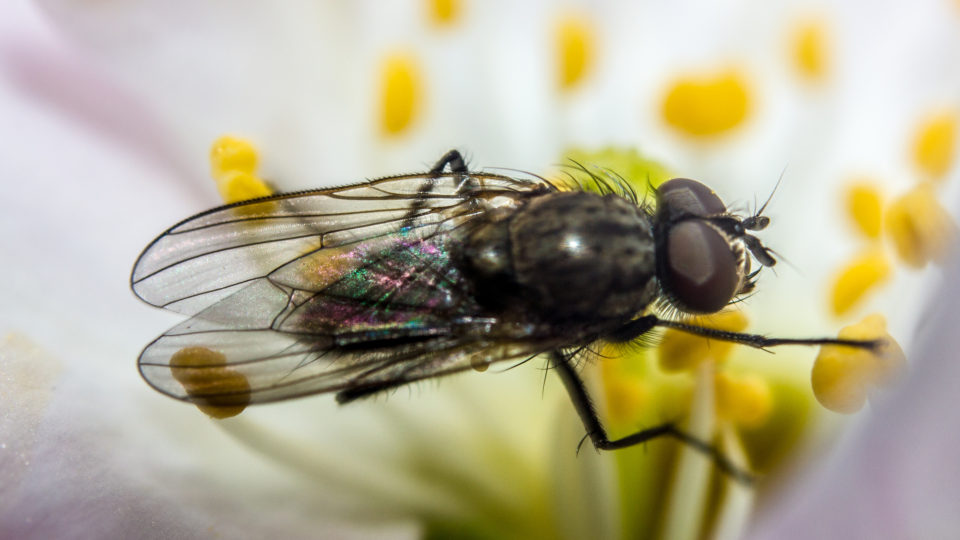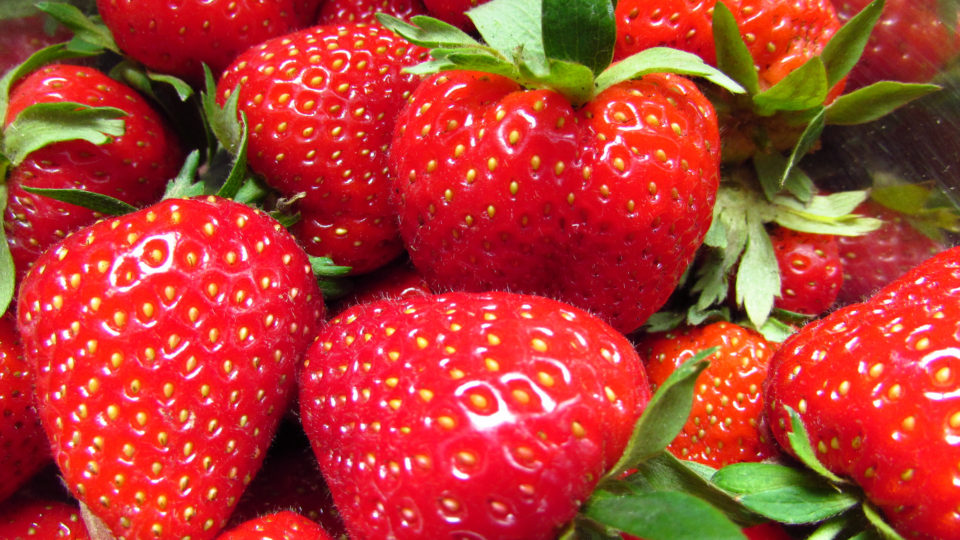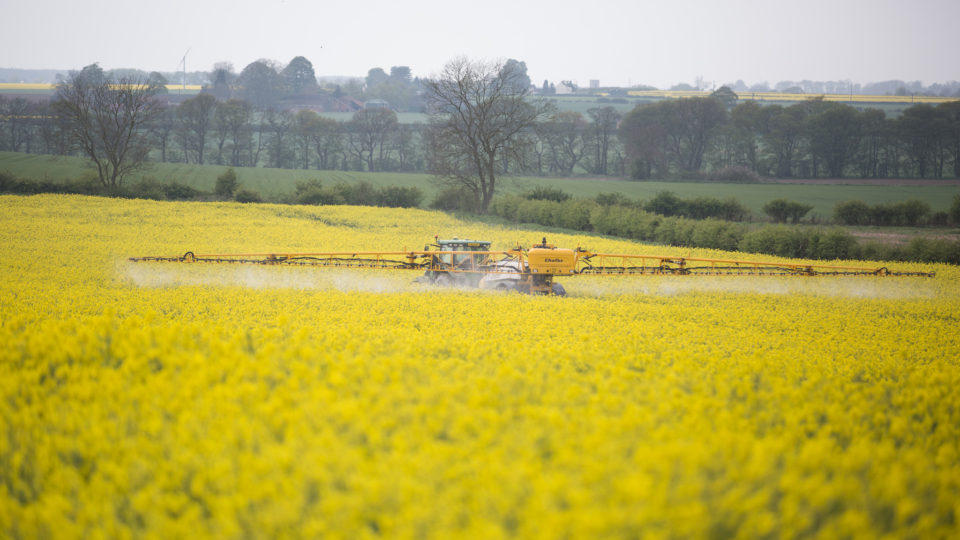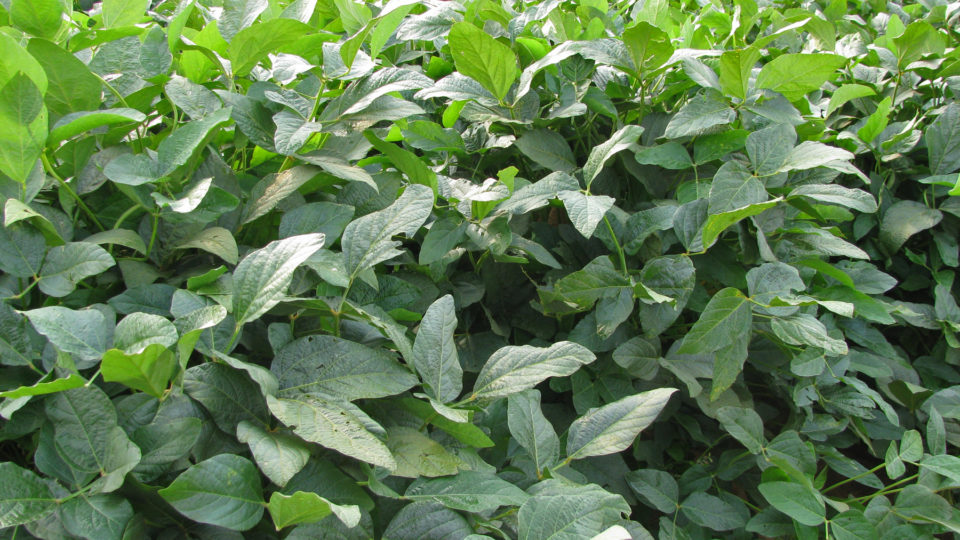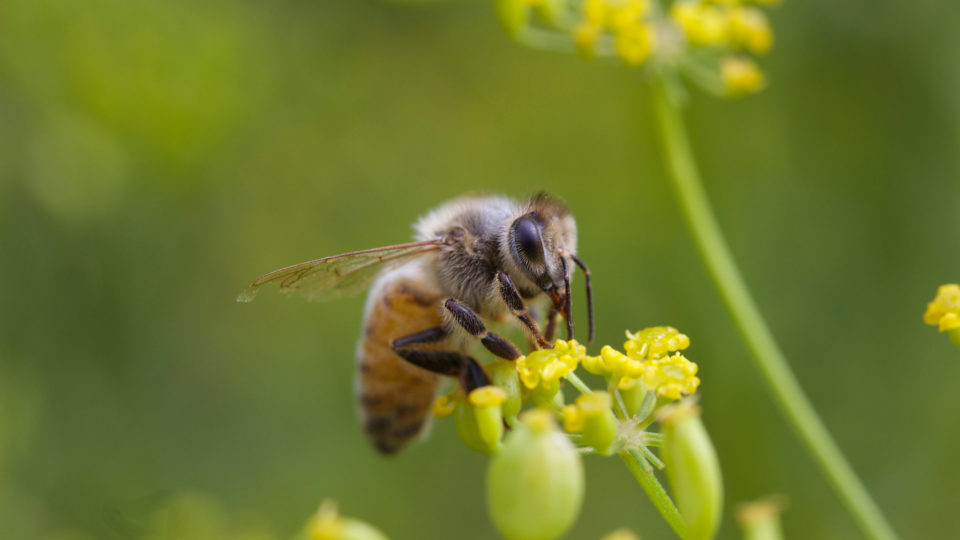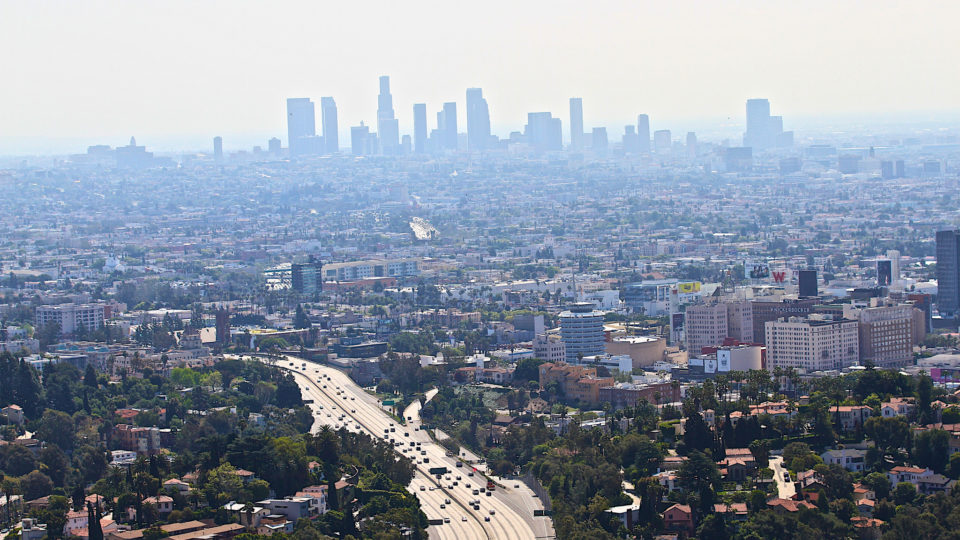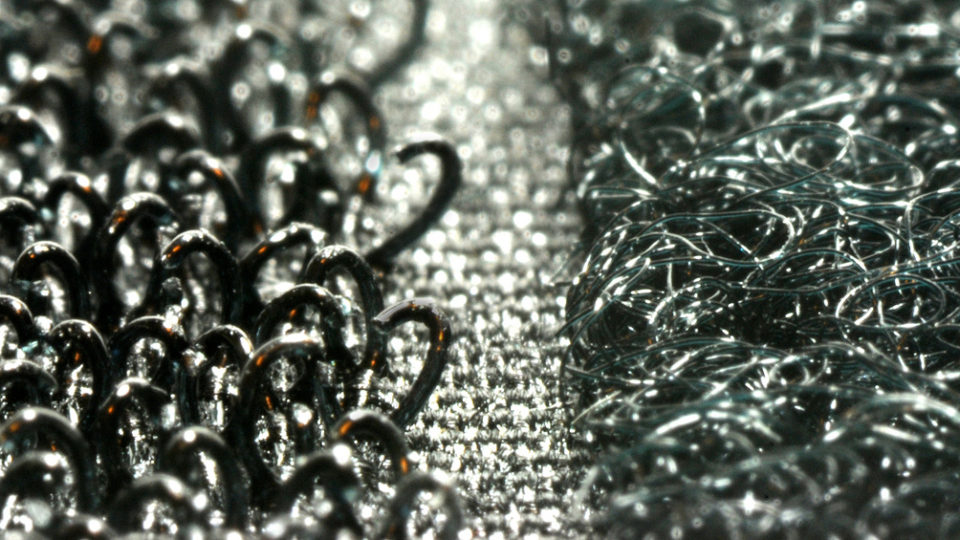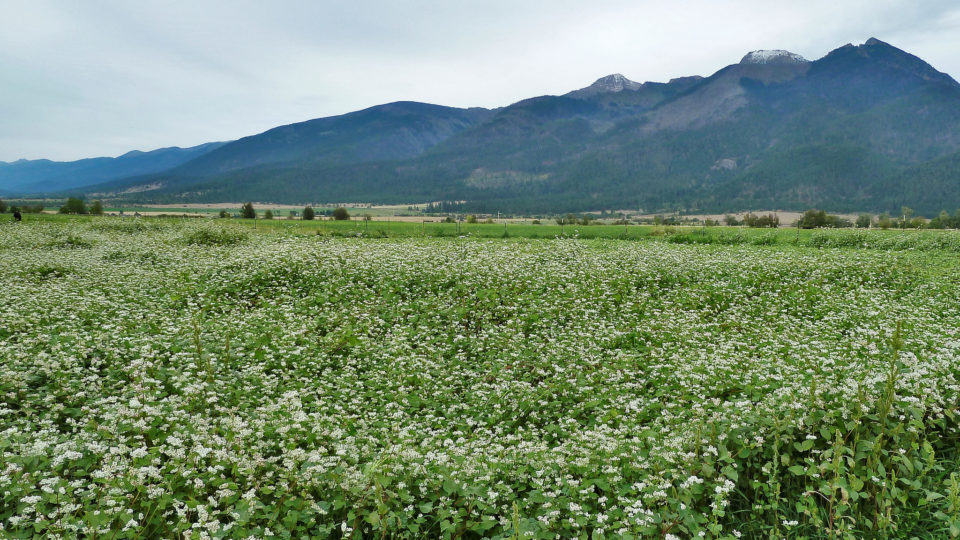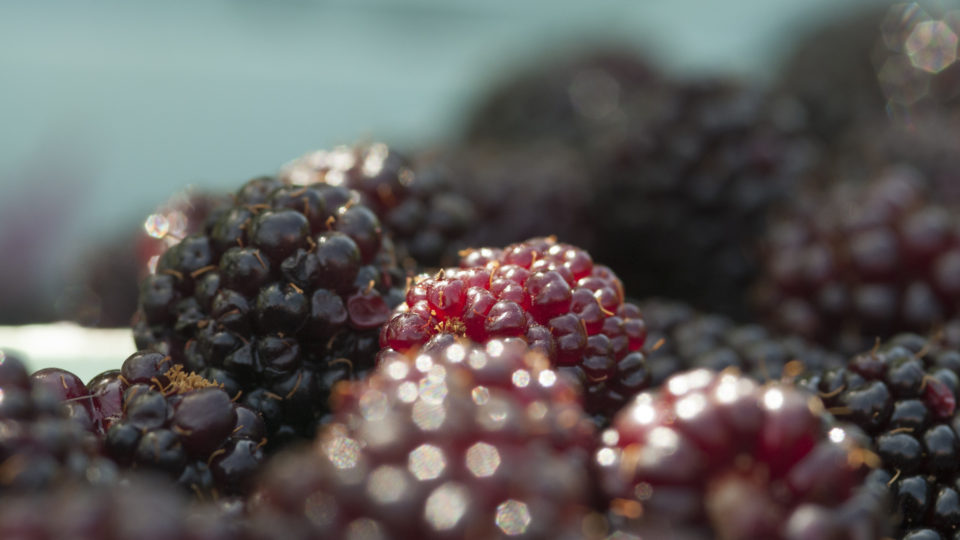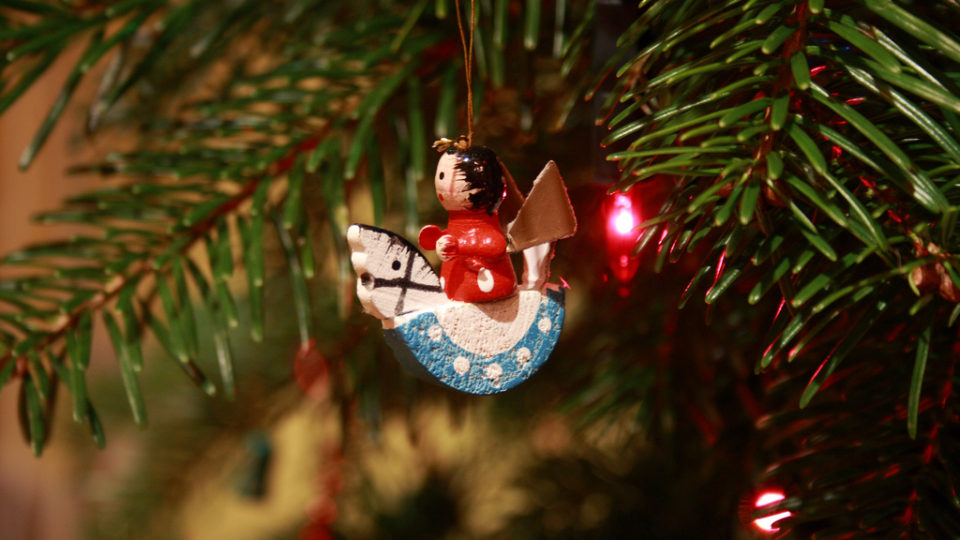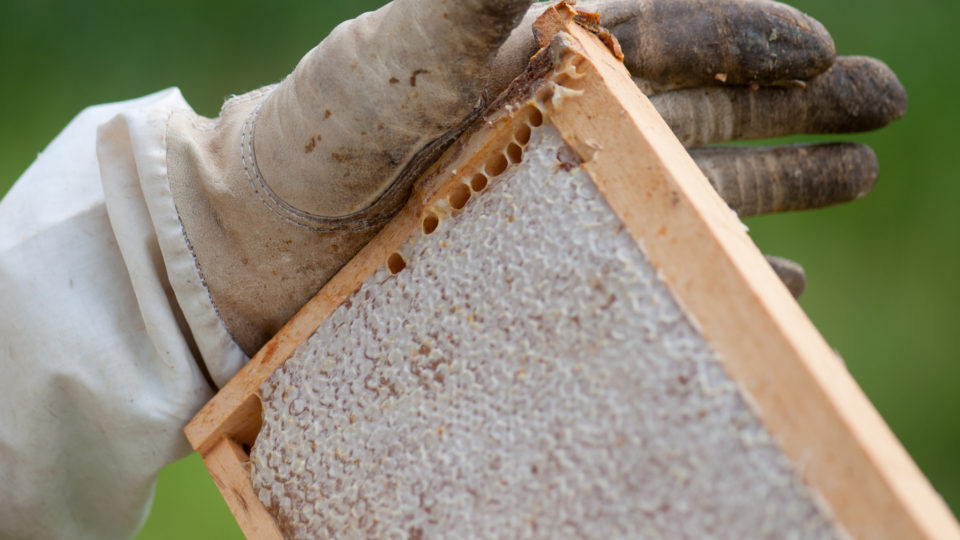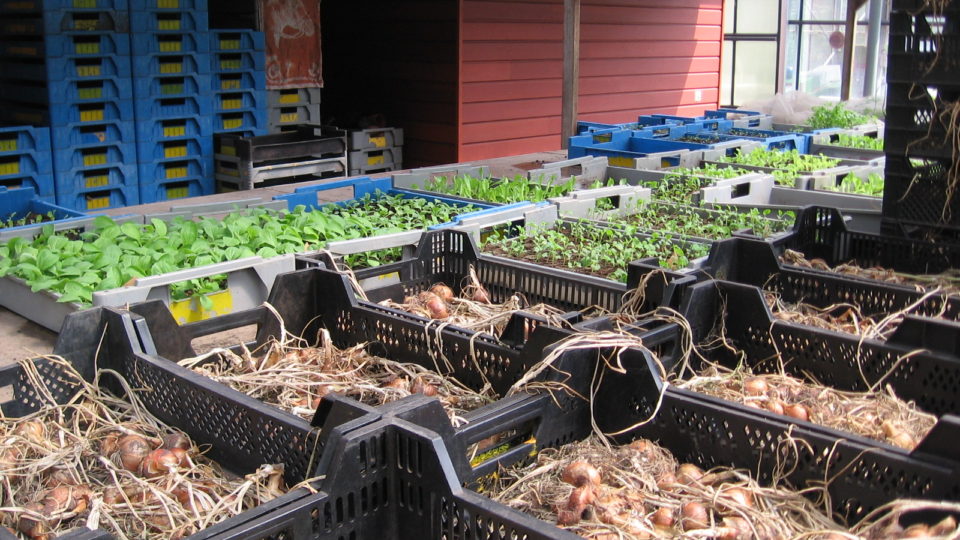pesticides
The Dirty Dozen Of 2018
Every year, the Environmental Working Group ranks pesticide contamination in 47 popular fruits and vegetables for its Shopper’s Guide to Pesticides in Produce. The environmental nonprofit has created this ranking annually since 2004.
Is It Time to Ban Neonics?
Neonicotinoids (or ‘neonics’ for short) are a class of insecticides chemically related to nicotine. In fact, the name ‘neonicotinoid’ literally means “new nicotine-like insecticide.” And like nicotine, neonics act on certain kinds of receptors in the nerve synapse. Most corn, soy, and wheat seeds planted today are coated with neonics, which is reportedly 5,000 to 10,000 times more toxic than DDT.
Using Rye To Grow Edamame
Herbicide-resistant weeds are becoming a more and more common problem for farmers growing grain and vegetable crops. As a result, the farmers are looking for alternatives to herbicides to control weeds. One promising approach is the use of cover crops, which are planted in the off season to protect the soil. Thick cover crop growth can often compete well with weeds during the cover crop growth period, and can prevent most germinated weed seeds from completing their life cycle and reproducing.
Pesticides And Bees
According to a European food safety watchdog, most applications of neonicotinoids – the world’s most widely used insecticides – represent a risk to wild bees and honeybees. The use of these insecticides has been restricted in Europe since 2014 following earlier risk assessments.
The Changing Face Of Air Pollution
Air pollution in cities is a global problem that has reached crisis proportions in places like China and India. In our country, since the Clean Air Act was passed in 1970, there has been a great deal of effort exerted in controlling pollution from vehicles. A combination of pollution-limiting changes to engines, fuels, and pollution control systems has significantly reduced the amount of air pollution associated with the transportation sector.
Accidentally Saving The Bees
There is no shortage of dangers to honey bees, but a parasitic mite known as Verroa destructor is considered to be the greatest threat because it transmits virus diseases which lead to colony death.
Biomimicry Is Big
Biomimicry is learning from and then emulating nature’s forms, processes, and ecosystems to create more sustainable designs. Mother Nature is already the inspiration for countless products and designs ranging from Velcro copied from plant burs to the shape of wind turbines modeled after whale fins. There are wetsuits inspired by beaver pelts and office buildings that copy termite dens. Increasingly, innovators are looking at nature for designs in architecture, chemistry, agriculture, energy, health, transportation, computing, and even for the structure of organizations and cities.
Small Grains In Corn Country
Large portions of the Midwest are called the Corn Belt and for good reason. Overall, about 90 million acres or 140,000 square miles of the United States are planted with corn and about half of that is in Iowa, Illinois, Nebraska and Minnesota. In most of the Corn Belt, the corn is planted in rotation with soybeans. Both are warm weather crops and the soil is left barren for nearly half of the year when the two crops are out of season.
Myths About Organic Food
There is much to be said in favor of organic food. The organic produce industry took in $65 billion in 2016 and that farming method is clearly increasingly popular and is here to stay. Nevertheless, there are various misconceptions and inaccuracies related to organic food.
Cities Can Help Bees
Global bee populations have been drastically declining as a result of habitat loss, pesticides and climate change. But studies are showing that planting flower patches in urban gardens and green spaces can make a real difference in restoring natural pollinators. There are already positive results in cities from Chicago to London to Melbourne.
Is A Real Christmas Tree Or A Fake One Better for the Planet?
For many, the Christmas tree is a quintessential part of the holiday season. According to the American Christmas Tree Association, 81% of Christmas trees Americans decorated in 2016 were artificial. But are artificial trees really the better option for the environment?
[Read more…] about Is A Real Christmas Tree Or A Fake One Better for the Planet?
Neonics And Honey
The use of neonicotinoid pesticides or neonics has long been suspected as harmful to bees and a major factor in the widespread decline of honeybee and wild bee populations. A study published in Science last June provided strong evidence that neonics are indeed a real problem for bees.
The Tiny Country That Feeds The World
The Netherlands is a small, densely populated country with more than 1,300 inhabitants per square mile. It lacks almost every resource one associates with large-scale agriculture. Nevertheless, it is the number two exporter of food in the world, second only to the United States, which is almost 300 times bigger. The Dutch lead the world in exporting tomatoes, potatoes and onions and produce many other crops as well.
Pesticides And Food Insecurity
A newly released report by the United Nations takes a strong stance against the use of industrial agrochemicals, saying that they are not necessary for feeding the world. The continued use of pesticides at the rate the world currently does in fact can have very detrimental consequences.
Help Save The Bees
Globally, 40% of invertebrate pollinator species, such as bees and butterflies, are facing extinction. And since approximately three-quarters of the world’s food crops depend on pollination, the decline of these pollinators could pose a threat to food security around the globe.
New Doubts About GMO Crops
Genetically modified crops have been at the center of a great deal of controversy for a number of years. There have been widespread fears that they are unsafe to eat. Continuing studies have indicated that those fears appear to be unsubstantiated.
Restorative Ocean Farming
The conventional aquaculture industry has often been associated with many of the same problems that beset land-based agriculture: creating sterile monocultures, fouling the environment with pesticides, antibiotics and organic pollutants, and spreading diseases.
